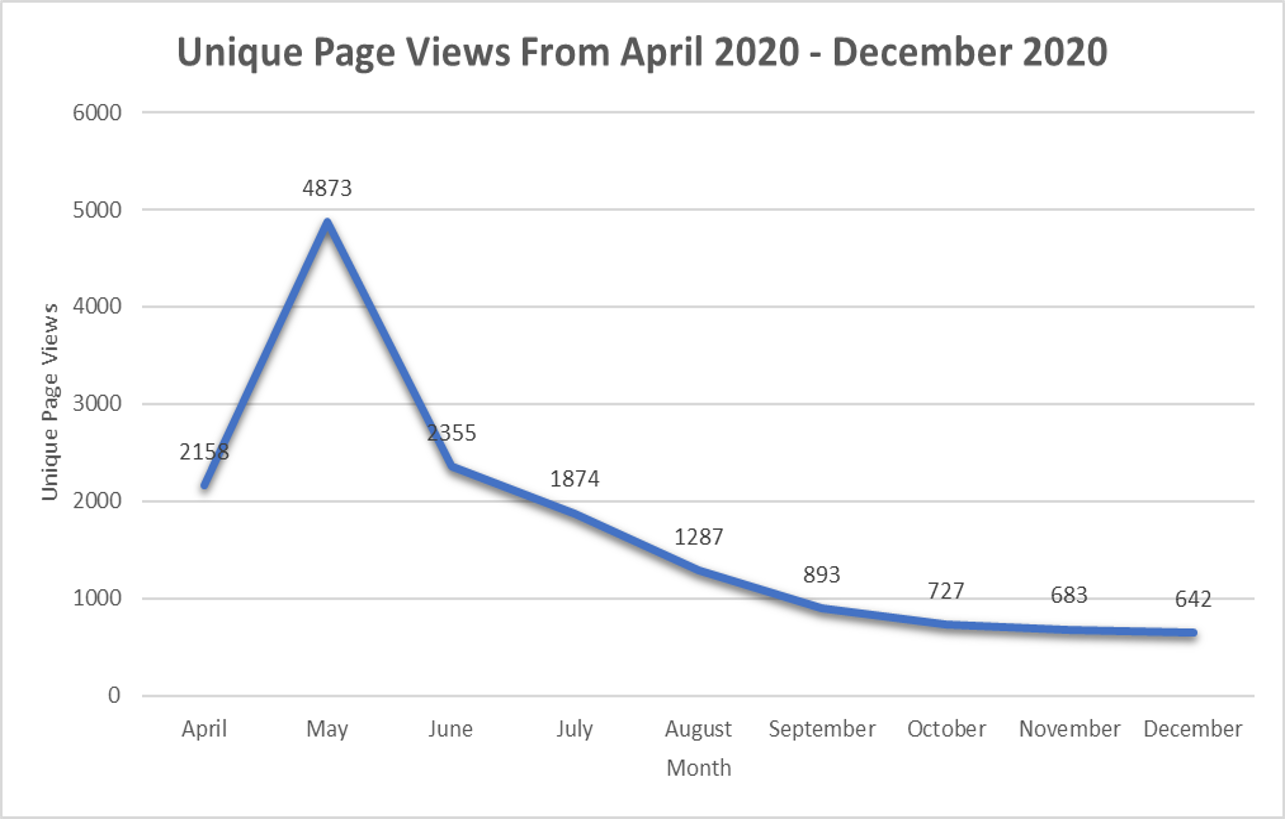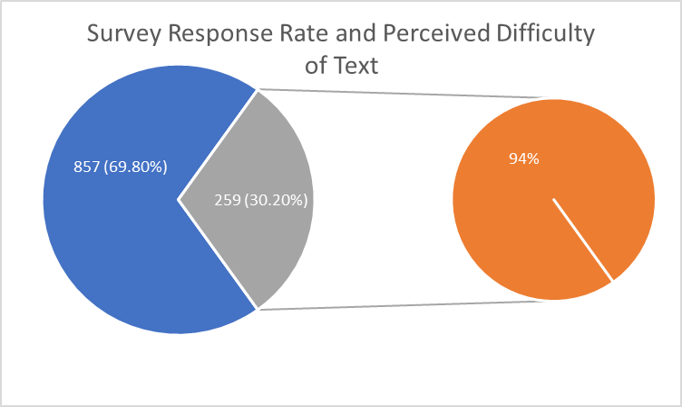Background: We created a website to serve as a central information relay for our local community in East Flatbush during the height of the COVID-19 pandemic in New York City. We launched COVIDBrooklyn.com in March 2020 to provide a current and easy to understand resource on COVID-19. East Flatbush is a predominantly African American community, with 88% of the neighborhood identifying as black in 2016 according to NYC’s EpiQuery. Multiple studies have found low health literacy rates and lack of intervention in African American communities. Other studies have found an increasing trend in published health-related misinformation, with social media serving as a significant catalyst. While social media provides an easy-to-use platform to communicate health information, there is lack of scrutiny for its quality and reliability.
Purpose: During these unprecedented and trying times, the community of East Flatbush needed a resource that informed them on the latest COVID-19 guidelines and resources locally available to address socioeconomic issues stemming from COVID-19. Our main objective was to provide a resource that conveyed information that was both widely accessible and understandable to the general public.
Description: We aimed to mitigate the rampant spread of misinformation on COVID-19 by serving updated information on guidelines from reliable sources including the New York City Department of Health and the Center for Disease Control and Prevention. We also provided information on community resources that were locally available during the height of the pandemic including food, housing, homeschooling, mental health, domestic violence, and financial support. Creating a functional website in a short span of time proved to be a challenge. Personnel had to focus on various areas such as graphic design, writing, finding and pooling local resources, coding the functionality of the website itself, but attracting our intended audience proved to be the most difficult. Our approach focused on community events that were held by volunteers of the COVID Response movement in East Flatbush, where the website was discussed with members of the community and flyers were present to showcase its presence. The word-of-mouth approach drove most of our viewership from a targeted audience of the local community that was motivated to learn more about COVID-19 or any of the local resources that may be available to them. Social media also played a role in driving visitors to the website as many community members shared the website on their Facebook and Twitter pages. Another consideration was the reading level of the audience and the information conveyed on the website. We received help from volunteers working in public health and marketing to simplify the content on our website to target a 5th grade reading level, which is recommended by the Joint Commission for patient education materials.
Conclusions: We launched a website to serve as an information hub during the height of the COVID-19 pandemic to provide an underserved community access to updated guidelines and local resources. Challenges encountered during the intervention included creating comprehensible materials for our intended population and attracting visitors to the website itself.


